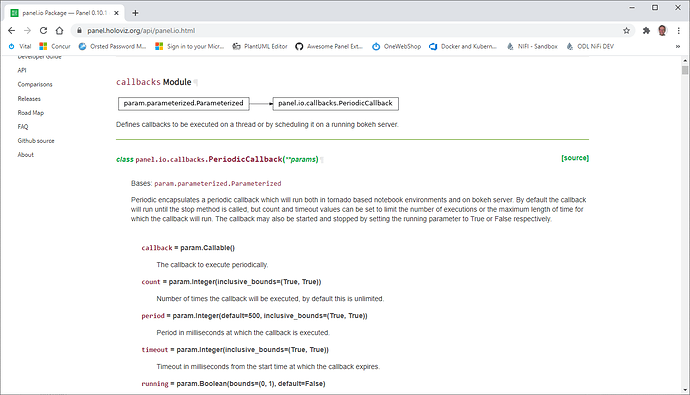Hi @CesarRodirguez
This is a great question. I don’t have experience is this. But a have an idea. With Panel you can run a callback periodically.
The rough idea is to
Setup a period callback that checks if the python object has changed. If it has you can either update the indicator. Or update an indicator_value = param.Parameter() that can be watched` and reacted to.
I believe the new Panel 0.10 should make it super easy to setup and the documentation is here.
https://panel.holoviz.org/api/panel.io.html
There is a lengthy discussion leading up to this functionality here Streaming data with Bokeh and Panel periodic callbacks?.
FYI. @Jhsmit. I know you are a little bit of an expert in this area. Any idea or suggestions?
